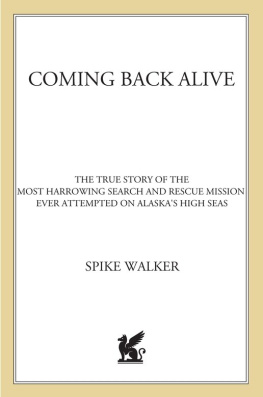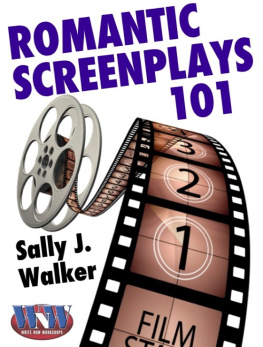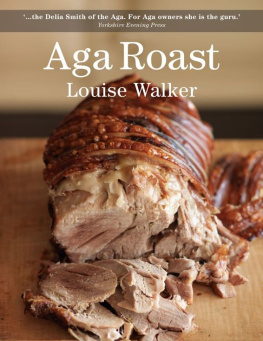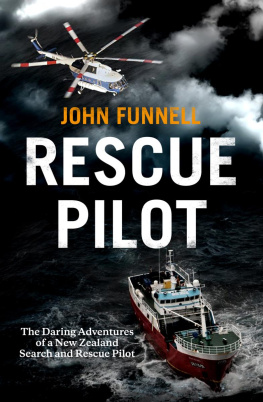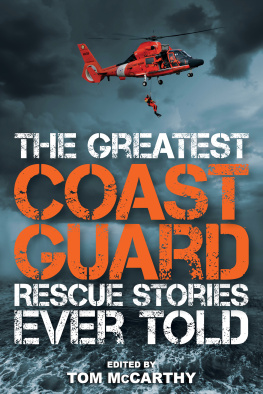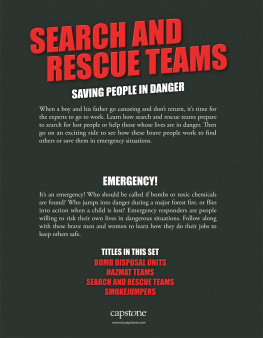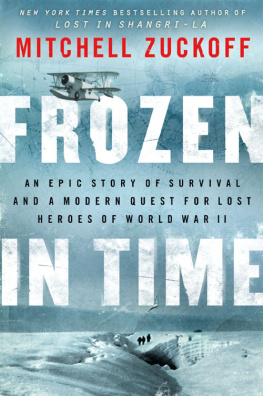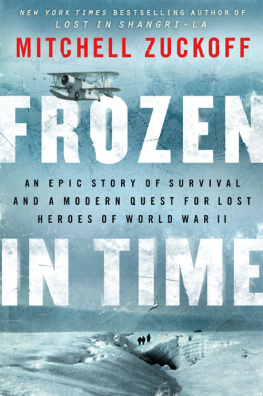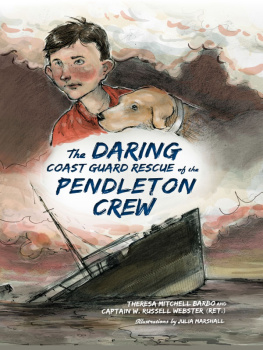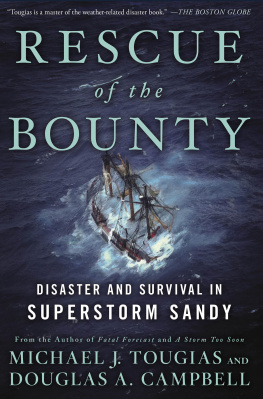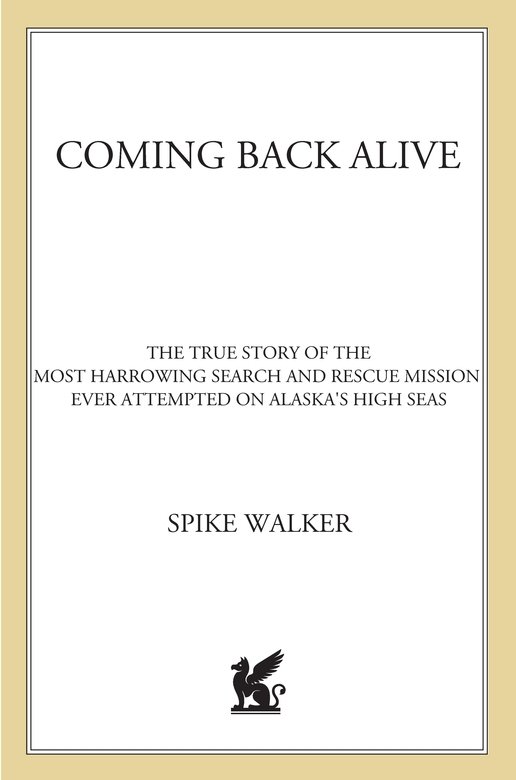I would like to thank the following people for their support and encouragement throughout the research and writing of this book: Ethel Mom Bangert, Jan and Denny Dimmitt, Gary and Diane Fountain, Mark and Sally Higgins, Conrad Johnsen and his wife, Margaret Maggie Wilhelmi, John Lance, Roger Lucas, Mike Machleod, Jerry and Joyce Marston, Bud Gardner and Jennifer Martin, Ray and Gina Miles, Chris Miller, Sherri Miller, Danny Mjelde, Bobby and Rachael Osborne, Saimi Pesio, Ron and Claudia Robinson, Lonnie Waddle, Lorna Walker, Robbie Walker, Steven Walker, and Don Ward.
A special thanks also goes out to Ms. Sharleen Lucas, a talented young wordsmith, whose editorial skills and creative comments during the early stages of the writing were especially helpful, as well as my editor at St. Martins Press, Mr. Marc Resnick.
I would be equally remiss if I did not thank the many Alaskans who contributed in one way or another to the creation of this book.
At Air Station Sitka, I would like to thank Capt. Mike Moore, the base commander, who granted me access to his people and facilities and, on occasion, even the chow lines there. And Cmdr. Doug Taylor and his lovely wife, Peggy, for their hospitality and for the keys to boththeir Jeep and waterfront home, which I used with impunity while they were away on a monthlong sabbatical.
As I gradually came to know the search and rescue (SAR) helicopter pilots and their crews on a personal level, I found that I was often taken aback by the total candor with which many of them shared their worst and most terrifying moments in the air, during what were often distinguished careers. Eventually, it struck me that this was their way of practicing service above self, the Coast Guards foundational creed. My heartfelt thanks goes out to them. They are Lt. Bill Adickes and his wife, Carin; Lt. Cmdr. Karl Baldessari; Cmdr. Greg Breithaupt and his wife, Terry; Lt. Cmdr. David Bull Durham and his wife, Trish; Cmdr. James Hatfield (ret.) and his wife, Marsha; Lt. Katie Howard; Capt. Ted Le Feuvre; Lt. Dan Madison; Lt. Cmdr. Stu Merrill and his wife, Karen; Lt. Dan Molthen and his wife, Theresa; Capt. David Moore and his wife, Lisa; Capt. Mike Moore and his wife, Ranae; Lt. Jack Newby and his wife, Sheri; Lt. Jim OKeefe; Lt. Mike Patterson; Lt. Carl Reidlin; Lt. Tom Smilie and his wife, Diana; Lt. Steve Torpey and his wife, Kari; Lt. Bob Chopper Yerex and his wife, Tammy; and Cmdr. Russ Zullick and his wife, Debra.
I would also like to thank rescue swimmers Mike Fish and his wife, Amy; Richard Rich Sansone; Jason Sheppard; Dustin Skarra; Tom Smylle and his wife, Diana; A. J. Thompson; and Jeff Tunks and his wife, Karyn. My thanks also to flight mechanics Bruce Firth, Harold Lee Honnald, Fred Kalt, Randy Kanzig, Wayne Langley, Peter MacDougall, Chris Windnagle, and Sean Witherspoon. Thanks as well to Ron Guinta, Reggie Lavoie, Orion Ryan, and watch captains Lt. Guy Pierce and Lt. Glen Jones.
I would like to thank the following: In Cordova: Debra and Hank Carlson, Per and Neva Nolan, Skip and Marlene Holden, and Phil Thum.
In Juneau: Thelma Debbie Aranda, Fred Barkley, Debra Camp; meteorologists Jack Endicott, Bob Kanan, and Russ Page; Lt. Cmdr. Raymond Massie, Roger and Betty Stidolph, and Vaughn Westcott.
In Ketchikan: Ed and Linda Donoghue, Lillian Ference, Maggie Frietag, Carla Gruber, Shirley McCallister, Thomas B. Nordtvedt,D.D.S., and his wife, Dean, as well as Dave Valentine, Carlie Vanaarn, Jessie Vanaarn, Marie Vanaarn, Pete Vanaarn, and Cleo Weston.
In Kodiak: Bill and Ann Barker; Matt and Heather Corriere; Laurie Doyle; Pastor Frank Gardner; Father Hugh and Margaret Hall; Vern and Debbie Hall; Capt. Jimmy Ng and his wife, Joy; Guy and Merle Powell; Lt. Cmdr. Paul Ratt and his wife, Barbara; Ted Rogers; Cmdr. Tom Walters (ret.) and his wife, Betty; and Cmdr. John Whiddon (ret.) and his wife, Laurie.
In Pelican: Paula Bergner and Ady Linda.
In Petersburg: My friends Norman and Merry Armin; Bart Eaton; Bill and Marilyn George; Dick and Mary Ann Greseth; Denny Heindahl and Bill Olsen of the M/V Sundance; Gearhart Hiller; former shipmate Colyn Lyons and his wife, Carlene; Colt Lyons; Bill and Fran Neumann; Richard Spraque, D.D.S., and his wife, Sharon; Lynn Staake; retired bush pilot Bill Stedman and his wife, Carol; John and Bert Winther; Terry and Sandra Wolfe; the Max Worhatches; and the late Sydney Wright and his wife, Vara.
In Sitka: Burgess and Vicki Bauder; Jim and Jill Blades (and Curt, Annie, and Lindy); Clint Blades; Don Brown and wife, Bernice; Walt and Sue Cunningham; Harold and Pat Diamond; Jerry Dugan; Lyle Hilde; Dug and Susan Jenson; Don and Karen Kluting; Peter Mac-Dougal and his wife, Christina, and gentle Jenny, evil Ian, and wild man Ross; Harbormaster Ray Majeski; Mary Anne Maxum; Keith Mork; Ray and Edie Mork; and Howard Ulrich.
In Washington, D.C., United States Coast Guard historians Dr. Robert M. Browning, Jr., and Scott Price.
I would also like to acknowledge Mr. Rand Koler and Mr. Lance Rosen, my razor-sharp Seattle-based agents/attorneys, talented people who know the score and fear nothing.
Finally, and most emphatically, I wish to thank the three survivors of the fishing vessel La Conte namely, my friends Mike DeCapua, Robert Doyle, and William Gig Morkas well as the deceased skippers soul mate, Tamara Morley; his father, Charles Morley; his mother, Edna Fantozzi; and his brother Jeff Morley. Without the scores of interview sessions that these people so generously granted me, this book would most certainly not have been possible.
A s he steered his speeding twenty-six-foot gillnet boat Marlene out across the Copper River Delta in Alaskas Prince William Sound on a gray, windblown afternoon in 1981, Skip Holden could not have known that within hours he would be engaged in a hellish struggle just to survive, nor could he have imagined how many lives would be so profoundly affected by the outcome.
Bold and enterprising, but never reckless, Holden, as his friends like to call him, was looking forward to doing what he did best, and that was to net salmon.
Eight years earlier, Skip Holden and his wife, Marlene, had set out from San Leandro, California, to hitchhike to Alaska. They headed north, holding a sign that read ALASKA OR BUST! They arrived in Cordova nearly broke, found work together in a local cannery, and, in a month, managed to save twelve hundred dollars. They bought a twenty-foot boat for exactly that amount. They lived on it, fished off of it, and used a bucket for a toilet.
It was a romantic, albeit bare-bones, beginning in the rugged little fishing village located in a wind, sprawling land bursting with boomtown opportunity and colorful characters. There was a local stripper namedTequilla, whose writhing style of dancing naked was known to cause almost a riot as lonely, affection-starved fishermen trampled one another for a closer look.
Then there was Machine Gun Betty. She was a large Indian woman who worked as a bartender at a local watering hole. Her way of dealing with a rowdy crowd of drunken fishermen (who refused to leave at quitting time) was to pull out a Thompson submachine gun, level it on her rambunctious patrons, and order them off the premises. Its closing time! Get the hell out! shed say as the bar emptied.
During those eight years of hard work as a commercial fisherman, Skip Holden had seen some sightssuch as the time the Fish and Game Department opened the season up in the fjord near Coghill Point, and he and his fishing pals had netted one million sockeye salmon in a single week of red-hot fishing.

